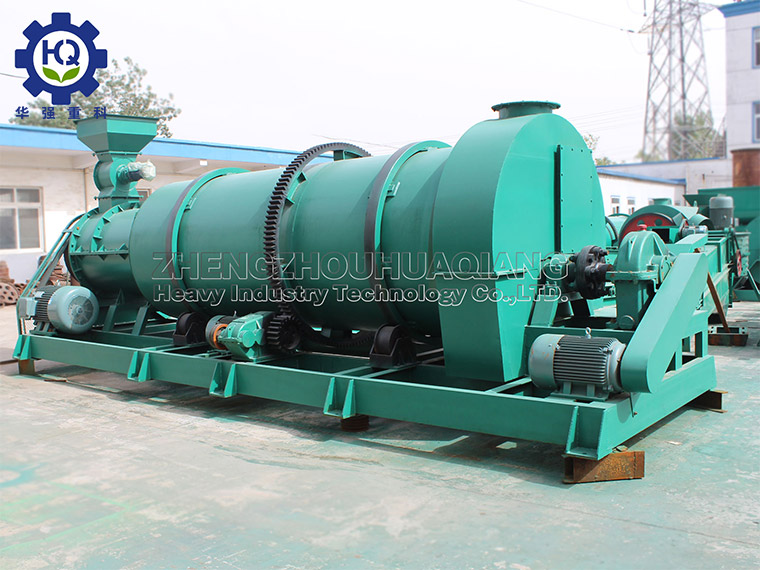Fertilizers processed using organic fertilizer granulators (usually referring to organic fertilizers) and traditional chemical fertilizers (referred to as chemical fertilizers), although designed to supplement soil nutrients and promote crop growth, have multiple differences between them. These differences cover aspects such as source, composition, mechanism of action, environmental impact, and long-term effects:
Source and Composition
Chemical fertilizers:
Source: Mainly derived from industrial synthesis, prepared through chemical reactions.
Composition: Usually rich in one or several major nutrients such as nitrogen (N), phosphorus (P), and potassium (K). Common types include urea, potassium dihydrogen phosphate, potassium sulfate, etc.
Organic fertilizers:
Source: Organic substances derived from nature, such as animal manure, plant residues, kitchen waste, compost, etc.
Composition: In addition to N, P, and K, it also includes a large amount of organic matter, trace elements, and beneficial microorganisms, making its composition quite complex.
Nutrient release mode
Chemical fertilizers:
Rapid release: Nutrients in fertilizers are mainly inorganic and can quickly dissolve in water for immediate absorption and utilization by crops, but they can easily cause nutrient excess or loss.
Organic fertilizers:
Slow release: Nutrients in organic fertilizers are mostly encapsulated in organic compounds and need to be decomposed by microorganisms to gradually transform into forms that can be absorbed by crops. This process is slow but can last for a long time, helping to maintain the balance of soil nutrients.
Soil impact
Chemical fertilizers:
May damage soil structure, long-term extensive use can lead to soil compaction, pH imbalance, affect microbial activity, and be detrimental to soil health.
Organic fertilizers:
Promote the formation of soil aggregate structure, increase soil permeability and water retention capacity, improve soil physical properties, enrich soil biodiversity, and enhance soil self-healing and nutrient cycling capabilities.
Ecological and environmental impacts
Chemical fertilizers:
Excessive use can lead to eutrophication of water bodies, causing algal blooms and affecting water quality; It will also lead to greenhouse gas emissions such as nitrogen oxides and methane, exacerbating global warming.
Organic fertilizers:
Helps with carbon sequestration and mitigates climate change; Reduce the risk of chemical substances entering water bodies and protect water resources; And the recycling of organic waste reduces the negative impact of waste on the environment.
Long term effects
Chemical fertilizers:
Short term results are quick, but without the support of reasonable management and crop rotation systems, it may damage the long-term fertility and ecological functions of the land.
Organic fertilizers:
It can gradually accumulate soil organic matter and improve soil fertility. Although it may not be as effective as chemical fertilizers in the short term, in the long run, it contributes more to maintaining soil health and promoting sustainable agricultural development.
In summary, although fertilizers play an important role in agricultural production due to their immediate and efficient supply, organic fertilizers processed by organic fertilizer granulators have shown unparalleled advantages in improving soil structure, promoting ecological balance, and achieving environmentally friendly agriculture. The combination of the two, complementing each other’s strengths and weaknesses, is a widely advocated practice in current agricultural practices, aiming to pursue a harmonious coexistence between high yield, high quality, and ecological protection.